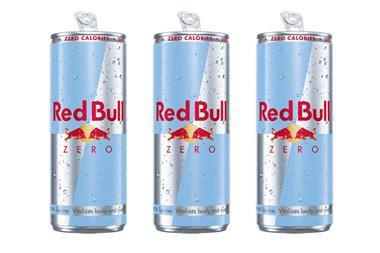The Food Standards Agency remains committed to forcing through a cut in salt levels in bacon and ham produced in the UK. FSA officials have told manufacturers to look at ways of achieving salt reduction in cured meats without compromising microbiological safety.
This follows the publication earlier this month of the results of a scientific study commissioned by the FSA into the potential dangers of cutting salt content in cured meats.
The report’s authors warned: “As salt influences bacterial growth, survival and recovery after adverse treatments, reducing salt in certain foods will have consequences for food safety that must be considered.
“It may be necessary to
reformulate these foods or reduce shelf-life to maintain product safety. It is therefore not possible to make overall recommendations on safe levels of salt. Each food must be considered separately.” Clare Cheney, director general of the Provision Trade Federation, said the industry welcomed the study, which she described as “balanced”.
“The conclusion that can be drawn is that you have to be extremely careful when reducing salt content in cured meats. In the curing process there are complex interactions between ingredients, and the effect of adjusting these is not well understood. You can’t just say, ‘cut salt by 20%’. You need to do a lot of research first.”
New limits proposed by the EU for nitrate and nitrite levels in food would make things more complicated for manufacturers, she claimed, since they could no longer increase the content of these to offset a reduction in salt.
Last year the British Meat Processors Association agreed upper limits for salt content in cooked meats, sausages, pork pies, burgers and ready meals containing meat. However, bacon, ham and other cured meat products were excluded.
Richard Clarke
This follows the publication earlier this month of the results of a scientific study commissioned by the FSA into the potential dangers of cutting salt content in cured meats.
The report’s authors warned: “As salt influences bacterial growth, survival and recovery after adverse treatments, reducing salt in certain foods will have consequences for food safety that must be considered.
“It may be necessary to
reformulate these foods or reduce shelf-life to maintain product safety. It is therefore not possible to make overall recommendations on safe levels of salt. Each food must be considered separately.” Clare Cheney, director general of the Provision Trade Federation, said the industry welcomed the study, which she described as “balanced”.
“The conclusion that can be drawn is that you have to be extremely careful when reducing salt content in cured meats. In the curing process there are complex interactions between ingredients, and the effect of adjusting these is not well understood. You can’t just say, ‘cut salt by 20%’. You need to do a lot of research first.”
New limits proposed by the EU for nitrate and nitrite levels in food would make things more complicated for manufacturers, she claimed, since they could no longer increase the content of these to offset a reduction in salt.
Last year the British Meat Processors Association agreed upper limits for salt content in cooked meats, sausages, pork pies, burgers and ready meals containing meat. However, bacon, ham and other cured meat products were excluded.
Richard Clarke
















No comments yet